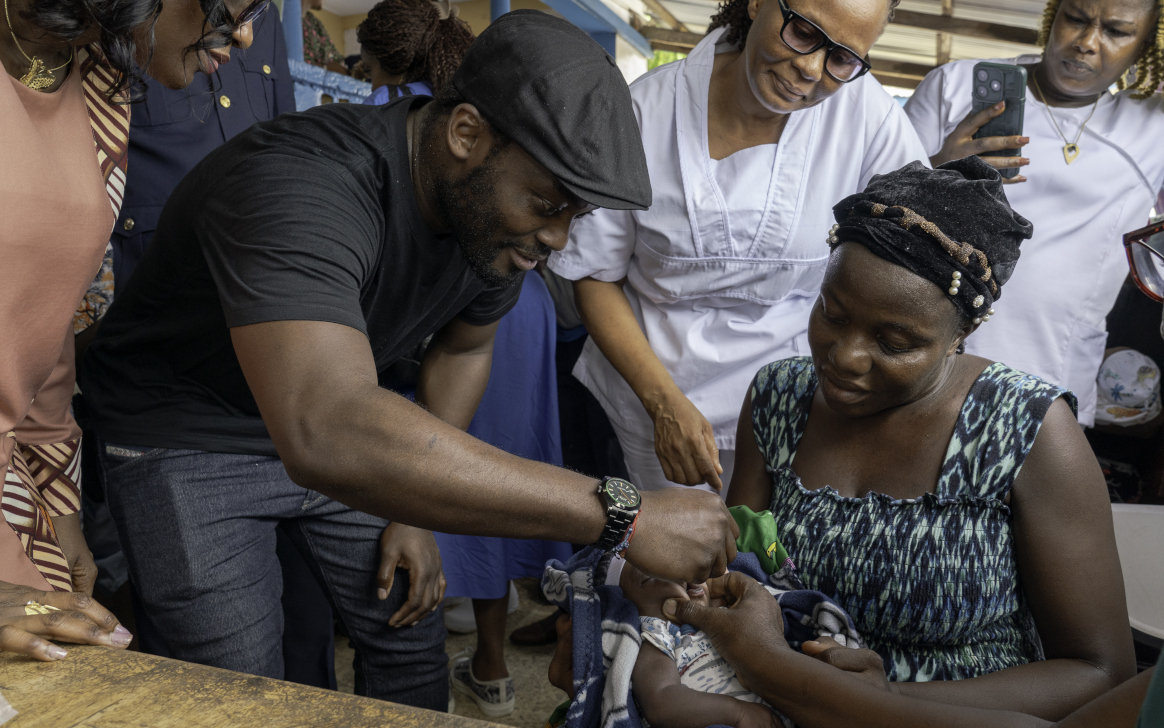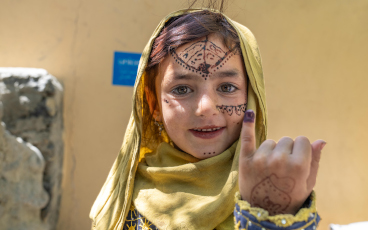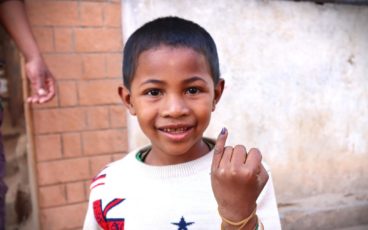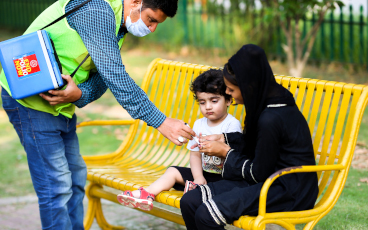Somalia: formal closure of the cVDPV3 outbreak
Somalia’s outbreak of circulating vaccine-derived poliovirus type 3 (cVDPV3) has been successfully stopped, with no international spread
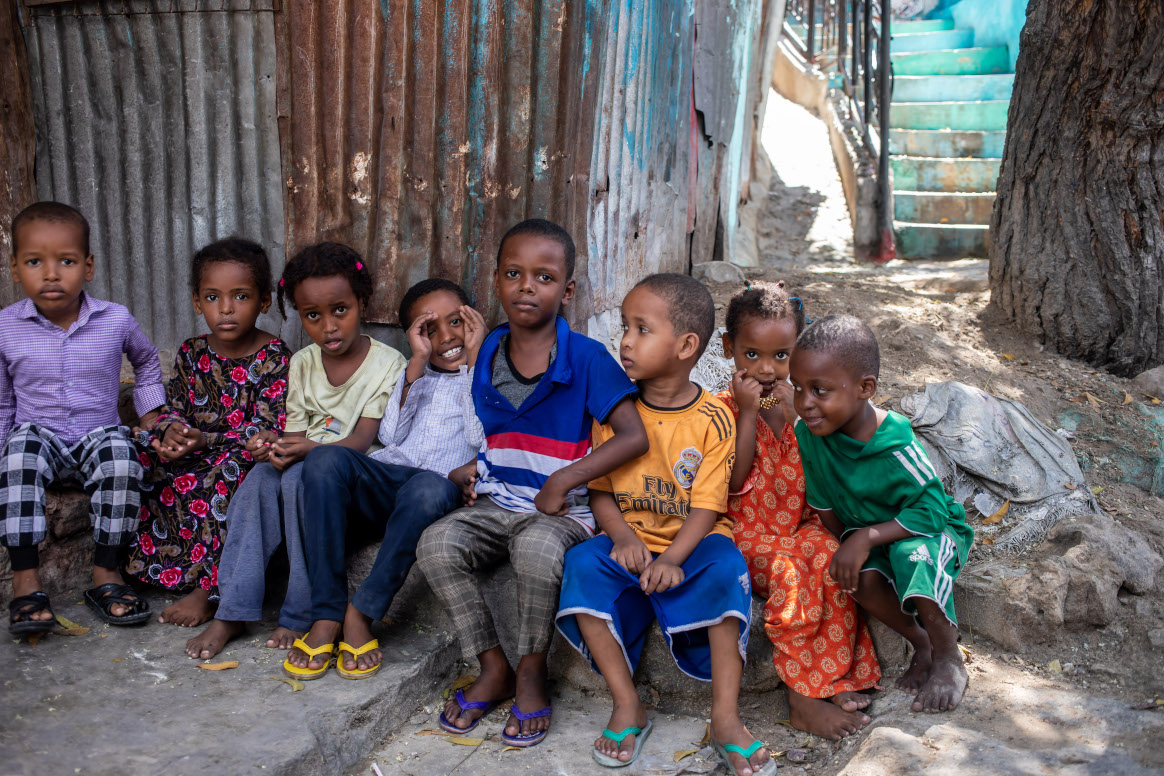
Dr Hamid Jafari, Director of Polio Eradication for WHO’s Eastern Mediterranean Region, declared Somalia’s outbreak of circulating vaccine-derived poliovirus type 3 (cVDPV3) closed a full 28 months after this strain of polio was last detected in Somalia.
Seven children were paralysed by the type 3 strain in the 2018 outbreak, and sewage samples regularly monitored for poliovirus tested positive for cVDPV3 a dozen times, beginning March 2018. There is no doubt that the virus circulated widely around southern and central Somalia. Despite extensive disease surveillance measures, no cVDPV3 has been identified since 7 September 2018, when the last child developed paralysis.
Closing a polio outbreak is a formal process steered by a detailed checklist of surveillance indicators that must be met in order to show that the virus is not just hiding in a far-flung pocket but has truly disappeared. Sewage runoff is tested for virus, and health workers and community members actively search for paralysis in children, and then investigate any paralysis they do find to rule out polio. Accessing hard-to-reach communities is a challenge in Somalia, but a vital aspect of this work.
The 2018 cVDPV3 outbreak was part of a 2-strain polio outbreak in Somalia at that time, along with circulating vaccine-derived poliovirus type 2. Both strains emerge and paralyse children in under-immunized populations – places where not enough children have consistently had access to polio vaccines. The cVDPV2 outbreak continues to paralyse children, and environmental samples – sewage water – consistently show that virus moving through Somali communities. For the polio programme, the presence of cVDPV2 samples and the absence of cVDPV3 samples is bittersweet: it demonstrates the sensitivity of our testing, so we can be confident cVDPV3 is no longer a threat to Somali children – but it makes clear that the threat of paralytic polio still looms.
Across the Region, cVDPV2 cases are on the rise – as across much of WHO’s African Region. Wild poliovirus still stalks children across Afghanistan and Pakistan, and the movement of people across borders underscores the risk of importation across and beyond the Region.
The end of Somalia’s cVDPV3 outbreak shows what can be achieved with high-quality vaccination campaigns, on-the-ground leadership and sensitive surveillance measures.




